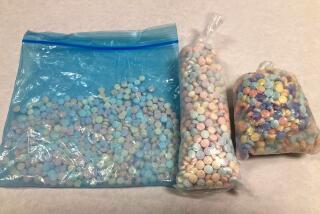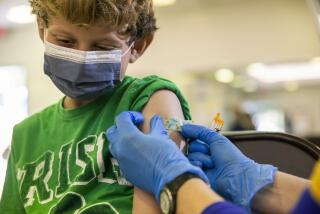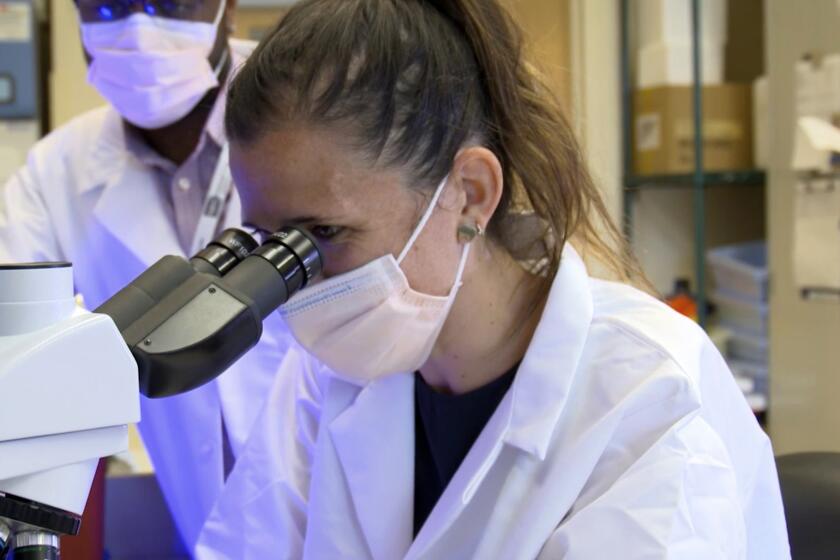Sales of antipsychotic drugs for kids surge
- Share via
Sales for children of antipsychotic medicines made by Johnson & Johnson, AstraZeneca and Pfizer Inc. have exploded, fueled by a fortyfold increase over nine years in the number of children diagnosed with bipolar disorder.
The number of prescriptions for children doubled to 4.4 million from 2003 to 2006, according to data provided to Bloomberg by Wolters Kluwer, a drug-tracking company.
The expanded use of bipolar disorder as a pediatric diagnosis has made children the fastest-growing part of the $11.5-billion U.S. market for antipsychotic drugs. Some experts say the treatments are bringing help to troubled kids, although others call it a fad that is exposing children to serious risks, including weight gain and diabetes.
“I call it the juvenile bipolar juggernaut,” says Joseph Woolston, chief of child psychiatry at Yale University Hospital. “The diagnosis has been broadened considerably, and I think that’s a big problem.”
Researchers reported this week in the Archives of General Psychiatry that the number of children diagnosed with bipolar disorder during outpatient visits to doctors skyrocketed to 800,000 in 2003 from 20,000 in 1994. The data from Wolters Kluwer suggest that the numbers have climbed in the last three years.
J&J; won U.S. regulatory approval Aug. 22 to market Risperdal for children over age 9 with bipolar disorder. No other antipsychotic medicine is cleared for children, although Eli Lilly & Co. and Bristol-Myers Squibb Co. are seeking pediatric clearance for their drugs. Drug makers say that although they don’t promote the drugs for use in children, doctors prescribe them if they believe patients need them.
Bipolar disorder, once known as manic depression, used to be seen as a serious condition that kept adults mired for weeks or months in a deep depression, then sent them flying into a manic phase. In 1994 researchers began broadening the definition and including children.






